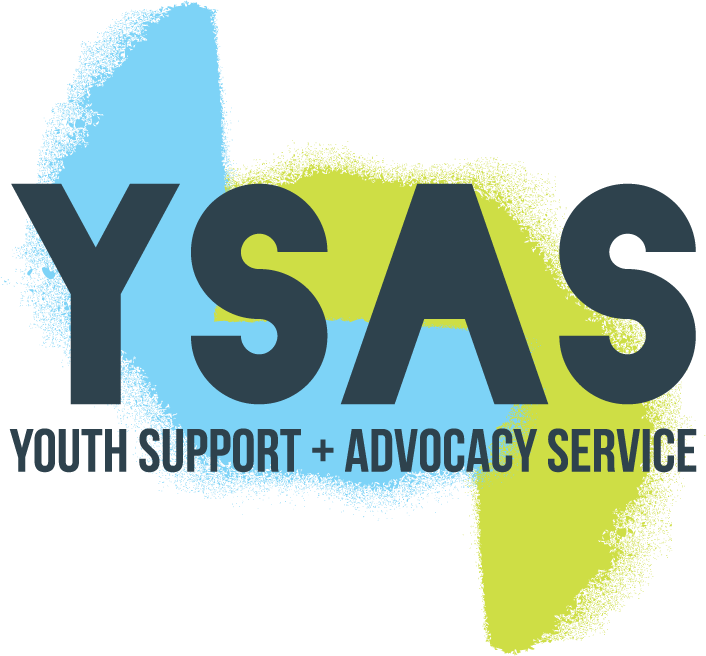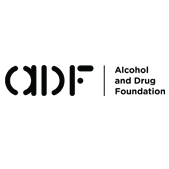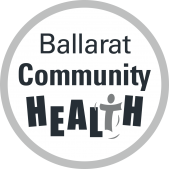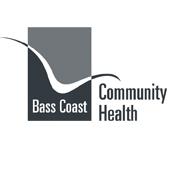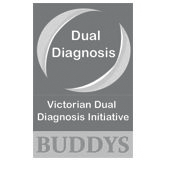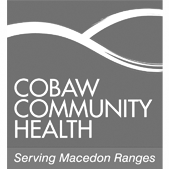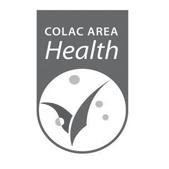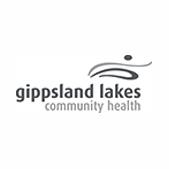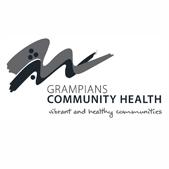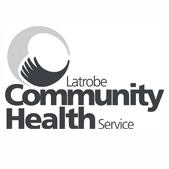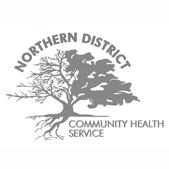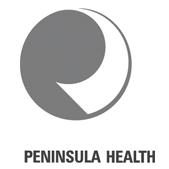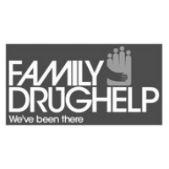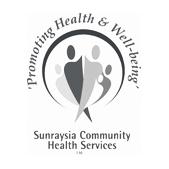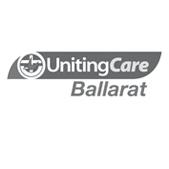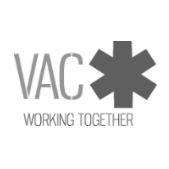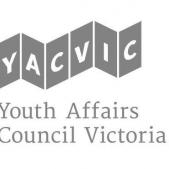What are 'Uni's"?
We love when our colleagues from the sector look to us for information on trends and patterns as it allows us to do some research and pass the information back to the sector. ...
Read MoreUniversal Harm Reduction Strategies
These are just a few ways for a young person to stay safe no matter what they are using. ...
Read More6 Tips for Schoolies Survival
YoDAA brings you the ultimate harm reduction guide....
Read MorePast YoDAA E Newsletters
YODAA's fortnightly newsletter is a celebration of all things youth AOD. Highlighting new initiatives, best practice, news, events, resources and the amazing youth AOD work being done on the ground. ...
Read MoreAlcohol and Anti-depressants
Understanding what to tell a young person who is on antidepressants and wants to have alcohol. ...
Read MoreFinding a good GP for a young person
Often when you’re looking for help for a young person a GP can be the first place to go. Finding a good GP however is a lot easier said than done. It can be difficult for young people to establish a relationship with someone they’ve just me...
Read MoreYoung people and medical cannabis
Recently we’ve heard at YoDAA that young people have been talking about the new laws that allow for use of cannabis for medical purposes. There has been some confusion around the legality of cannabis. ...
Read MoreFlakka - Fast facts for Workers
Flakka is more common in the US, there have been reports of high usage due to its low cost and it being easily obtained. There have been reports of Flakka use in Australia, however there is no evidence to suggest that it was Flakka!...
Read MoreDXM - fast facts for workers.
More common in the US but we are starting to see young people using it here. So what do we know about DXM and how do we keep young people safe?...
Read MoreThe importance of accurate and balanced info
Many of us are familiar with an approach to providing drug information that exaggerates the dangers of substance use, highlighting a worst case scenario in the hope of scaring young people off trying substances....
Read MoreHow does ice work? (for dummies)
Ice is one form of methamphetamine. Using ice causes a surge in brain chemicals called neurotransmitters that are vital to the normal healthy function of the human brain with each responsible for regulating different functions....
Read MoreTop Tips for working with young people using Meth
Does the rise in ice mean workers need to completely rethink how we support young people with ice related issues? Or do we simply need to emphasise particular approaches that have long been in the repertoire of youth workers? ...
Read MoreIs it the power of ice that causes all the problems?
Ice is an insidious drug that causes addiction, ruins lives and wreaks havoc in the community. This is one of the dominant messages in the ongoing public discussion about ice. But is it the case?...
Read MoreWhat does "Recovery" from mental illness mean?
Youth workers supporting young people accessing mental health services may have heard the term “recovery” used in reference to frameworks supporting care and support....
Read MoreMental health as a resource for life
If you ask a young person how their mental health is they often answer according to whether or not they have problems. ...
Read MoreWhat is evidence based practice?
It is virtually impossible to support young people, or work in a health related profession without hearing the term “Evidence based practice”. ...
Read MoreCoping with Cravings 101: distraction
Anyone who has ever tried cleaning out a bookshelf and ended up spending an hour reading knows the power of distraction! Harness this power to help a young person cope with alcohol and other drug cravings....
Read MoreSigns and Symptoms of Trauma
Is a young person you work with easily startled or often tense an on edge? Complaining of fatigue or trouble sleeping at night? Do they have poor concentration or react strongly to particular tastes, smells or sounds? ...
Read MoreTalking About Trauma - Coping Strategies
You know a young person has experienced trauma and suspect their distress is contributing to substance use, but where to take the conversation from here? ...
Read More4 Top Tips for Talking About Trauma
A significant portion of young people accessing drug and alcohol services have experienced trauma of some sort. So understanding how to respond is crucial. ...
Read MoreHome Based Withdrawal
Home Based Withdrawal (HBD) or ‘outpatient withdrawal’ is a good option for a young person who wants to reduce or cease their substance use but may not need the structure of an intensive residential stay. ...
Read MoreClient-centred screening and assessment
Youth AOD processes and tools should demonstrate evidence-based characteristics of effective youth AOD service provision. How does being client-centred, one such characteristic, apply to screening and assessment? ...
Read MoreWhat is "assertive" outreach?
Assertive outreach is an effective and crucial method of delivering services to the most hard to reach groups of young people needing AOD support. This article explains what assertive outreach is....
Read MoreYoung Women in Youth AOD services
We often (rightly) emphasise the need for culturally inclusive and appropriate practices in our services. But have you thought about gender differences and the needs of young women accessing (or not) Youth AOD services?...
Read MoreMephadrone-Fast facts for workers
Between 2009-2011 extreme stories about Mephadrone were hitting the headlines everywhere. Although Mephadrone has been associated with some deaths in the UK, in Australia the hype around Mephedrone hasn’t necessarily matched the reality....
Read MoreStrength-based screening and assessment
As one of the characteristics of effective Youth AOD work, we often talk about strength-based approaches but how is this applied to screening and assessment? ...
Read MoreHarm Reduction
For Youth AOD work to be effective it must be philosophically aligned to Harm Reduction....
Read MoreDevelopmentally appropriate screening and assessment
It goes without saying that a key characteristic of effective Youth AOD work is to work in a developmentally appropriate way. What does this mean in the context of screening and assessing young people? Here are some tips....
Read MoreSynthetic cannabis -Fast facts for workers
There are chemicals that can be found in synthetic cannabis that are illegal in Victoria. What does a youth worker need to know?...
Read MoreNBOMe-Fast facts for workers
NBOMe has been found in a number of different substances and been the cause of overdoses and deaths recently. ...
Read MoreNovel Psychoactive Substances - Fast facts for workers
Youth workers like to be up to date and informed about what young people may be using. Recent publicity about "synthetic" or "new and emerging drugs" has prompted a search for good information....
Read MoreNaloxone-Fast Facts for workers
Naloxone is used to save lives by reversing the effects of opioid overdose. It is hoped that in Victoria it will be more widely available than it now is. ...
Read MoreBuprenorphine-Fast facts for workers
Buprenorphine is a synthetic opiate commonly prescribed to treat opiate dependence. Although used for a similar purpose to methadone, there are also some key differences. ...
Read MoreSelf-directed help
Not everyone needs an intensive support approach or a worker by their side. Some young people with existing skills and resources can meet their own goals once given the right information and tools....
Read MoreLong-term residential support/ Rehabilitation
Rehab and supported drug-free housing have long been traditional AOD services. How do these support types operate in a youth context and who is best suited for this type of support?...
Read MoreShort-term residential support
"Detox" is what many people associate with AOD support options. Youth withdrawal units were always designed to not only provide withdrawal support but a whole lot more. ...
Read MorePeer support
Not all support options are about getting professional help. Support and understanding from others who have a lived experience of AOD issues can be helpful for some young people...
Read MoreOutreach support
Outreach is an often used term in AOD and other health sectors. Rather than a specific program, Outreach is a way of delivering interventions to young people with particular characteristics. ...
Read MoreE-support
Young people are increasingly using technology to engage with each other and the world. It makes sense then that they would use technology to seek help and support. What can be offered and who is this best for?...
Read MoreDay Programs
Day programs can play a hugely important role in the care and support of young people who are struggling with drug or alcohol use. This article explains the type of supports offered through day programs....
Read MoreCentre-based support and counselling
Counselling is a term that most workers are familiar with but counselling can occur on the phone, online or on the run! This article explains what is offered to young people in more traditional appointment based counselling in a centre....
Read MoreTobacco-Fast facts for workers
Often overlooked in a treatment context, tobacco contributes to more deaths in Australia than any other drug....
Read MoreOpiate painkillers-Fast facts for workers
The use of Opiate painkillers in Australia has been described as "the silent epidemic". This mainly refers to people legally prescribed painkillers but young people accessing support also often favour opiate medications....
Read MoreMethadone-Fast facts for workers
Methadone is a commonly prescribed opiate substitute treatment. Despite its common status many workers don't understand enough about methadone....
Read MoreMagic mushrooms-Fast facts for workers
Mushrooms containing psilocybin have been consumed for thousands of years but a contemporary youth worker should still brush up on their knowledge ...
Read MoreLSD (Acid)-Fast facts for workers
Acid, trips, tabs-LSD is known by many names and is synonymous with stories past decades. It is still commonly used (relative to other illegal drugs) and so is a relevant drug for youth workers to know and understand....
Read MoreKetamine-Fast facts for workers
In comparison to other drugs, Ketamine is not widely used by young people seeking support. A basic understanding of Ketamine is still important when supporting young people especially because of the dangers of using it with other drugs....
Read More'Nangs' & other Inhalants -Fast facts for workers
Although not widely used by the general population, a general knowledge of inhalants is crucial for a youth worker. Inhalant use continues to be popular among particular groups of young people in the service system....
Read MoreMethamphetamine (Ice)-Fast facts for workers
Methamphetamine has dominated the headlines lately in the same way heroin did in the 1990's. Discussing Ice, practice issues and how best to support young people and communities begins with an understanding of the substance itself....
Read MoreHeroin-Fast facts for workers
The use of heroin by young people is not as widespread as in the late 1990's but heroin is still being used by some young people. It is essential workers are familiar with the facts about heroin....
Read More
